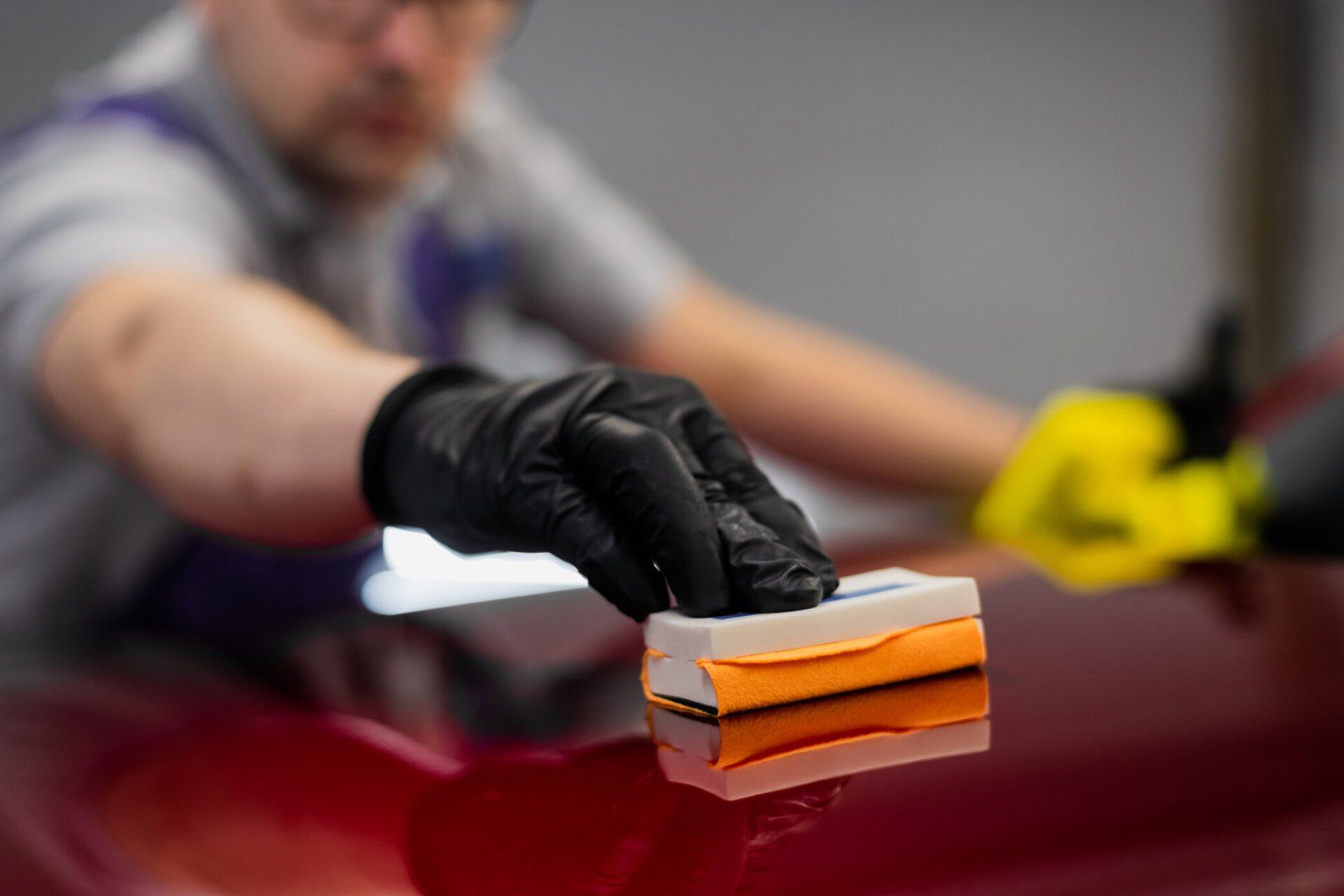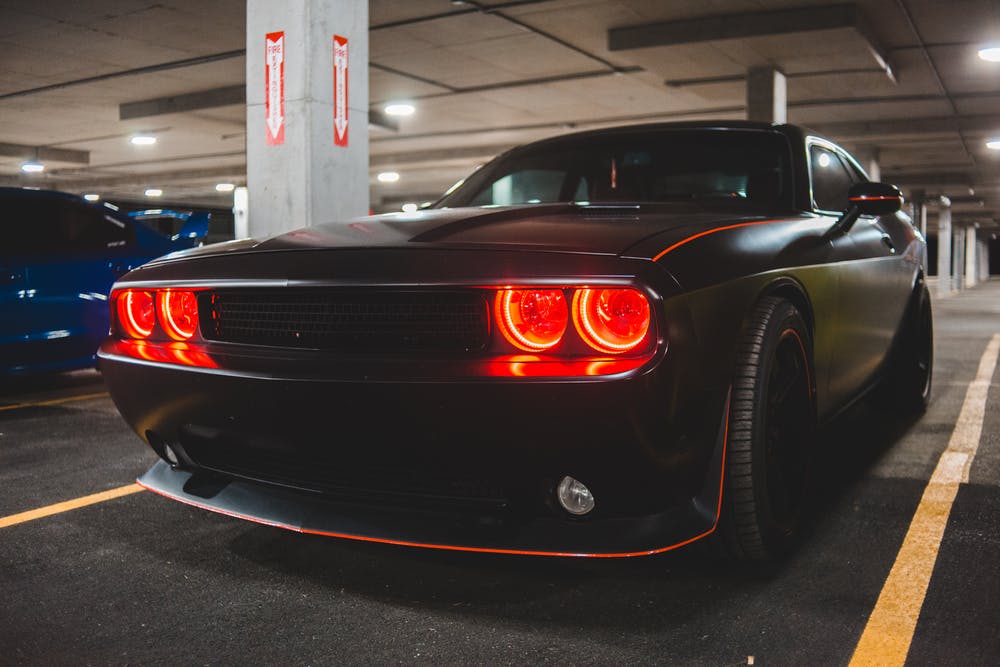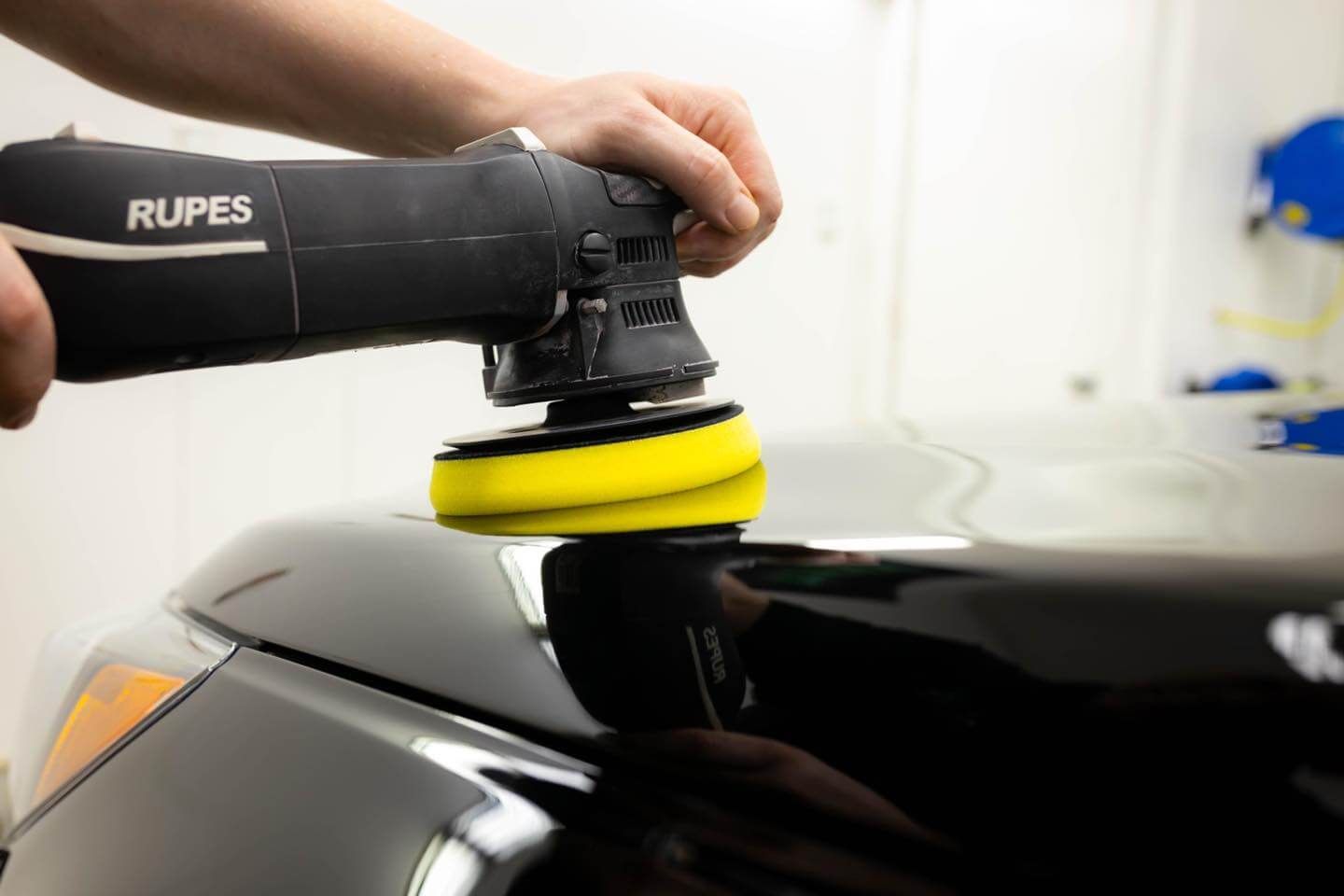Applying a ceramic coating to your car means getting the maximum level of paint protection. Typically applied by hand, it blends with the paint of your vehicle and creates an additional hydrophobic layer to protect it from external paint damage. This is why they are a blessing for any serious car enthusiast.
However, using a ceramic coating is not the be-all-end-all solution to all your car problems. Even though it can protect your car and make it look good, it is not for everyone. In this article, we will walk you through the basics of ceramic coating for cars.
TIP #1: Fix Paint Problems First
A common misconception about ceramic coating is that it will instantly fix any issues with your car paint. The truth is, it will only provide a thick coating and will not be able to remove any scratches, bumps, sun damage, or swirl marks on the surface of your car. What you should do first is to explore paint correction products and methods.
TIP #2: Know Different Options for Paint Protection
Once you get the paint issues fixed, you need to protect the paint surface. Generally, consumers have four different types of products to choose from. These include car wax and polish, paint sealant, ceramic coatings, and paint protection film (PPF).
Ceramic coatings and PPF are the more long-lasting options. Ceramic coatings provide a hard layer that fuses onto a clear coating after curing, providing around two to five years of protection from environmental hazards like UV rays, airborne contaminants, and road grime. Ceramic coating is not, however, a miracle solution to protect your car from scratches, swirl marks, and rock chips. Despite its ability to blend in with the rest of your vehicle's paint job - it will still retain some characteristics that make it easier for those pesky imperfections to form on top of this type of protective layer. On the other hand, PPF is a high-quality thermoplastic urethane film. It is applied to the top of the paint surfaces of a new or used car, and it comes in many different colors and thicknesses. PPF is made of a strong yet flexible material that can help protect against rock chips, bugs, road salt, and small road debris.
The best course of action is to research which option will be the most suitable for your needs and preferences. You can explore each option or ask car detailing experts such as
5 Star Auto Detailing to determine which one is the best.
TIP #3: Estimate the Cost
Paint protection treatments vary widely in terms of cost. If you're thinking about getting ceramic coatings, it is a smart idea to create a budget. Some expenses to consider include the price of the needed products, the labor costs for application, and the amount needed for future maintenance.
TIP 4: Consider Ceramic Coating Quality
Ceramic coatings are typically rated under quality based on hardness and protection. Hardness is often determined by the SiO2 percentage. If longevity is important to you, make sure the coating has a SiO2 percentage above 80. This way, your ceramic coating should be able to protect your car from extreme weather conditions, harsh UV rays, road salt, bugs, bird droppings, and other contaminants.
TIP #5: Ask for Advice
The best advice we can give is to seek assistance from someone who has already experienced getting ceramic coatings. If you know someone familiar with vehicle care products, hit them up for tips and advice on how to go forward.
Conclusion
When it comes to ceramic coatings, there are factors you have to consider so that you can get the expected results. Some ceramic paint protection solutions even need a yearly examination by the auto salon that installed them. Remember that this procedure is not one-size-fits-all, and you should opt for treatment that will suit your needs!
If you are looking for
ceramic coatings in Rochester, 5 Star Auto Detailing is a premier auto detailing studio that has the right services for you. Talk to our experts now!






